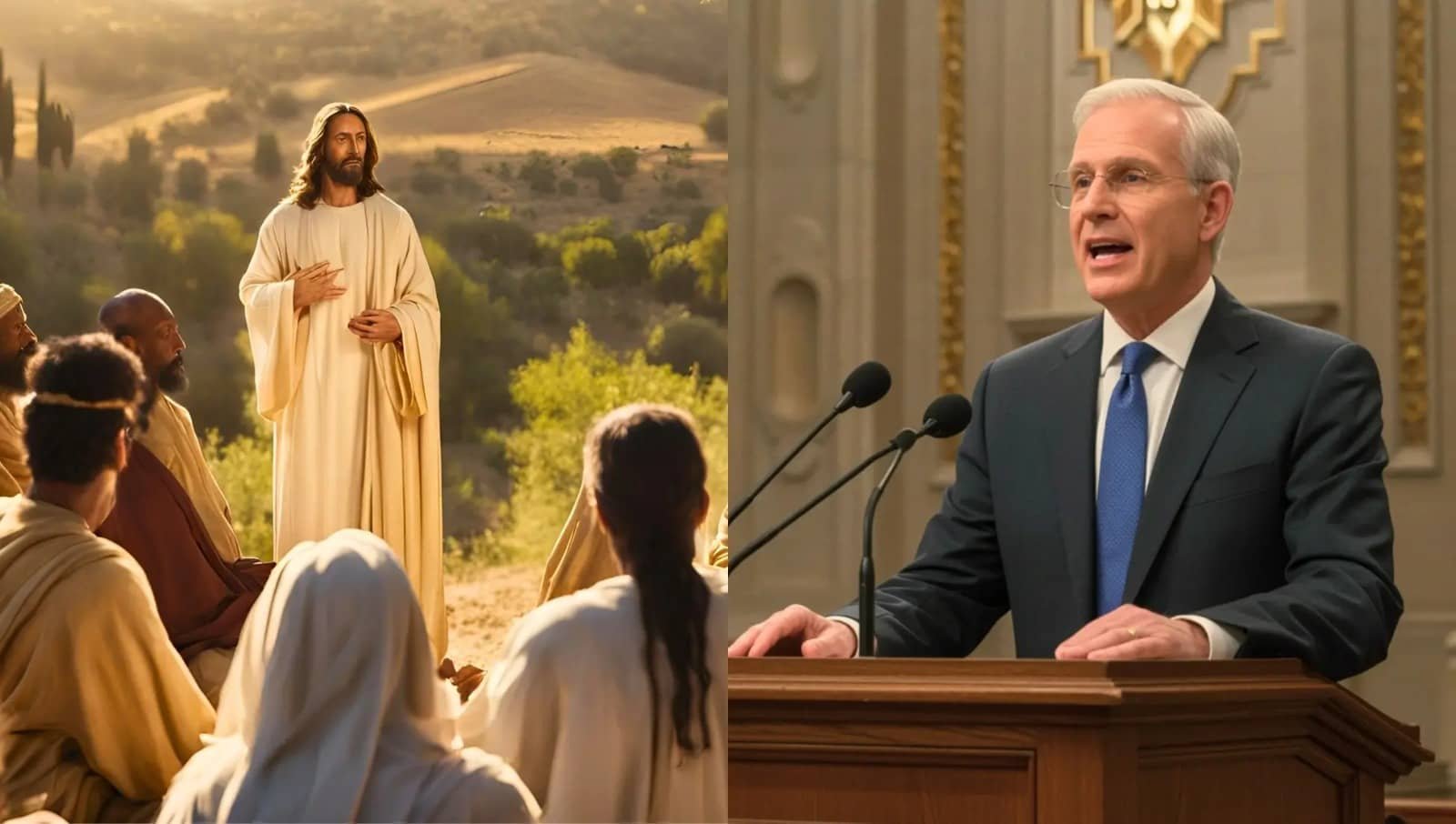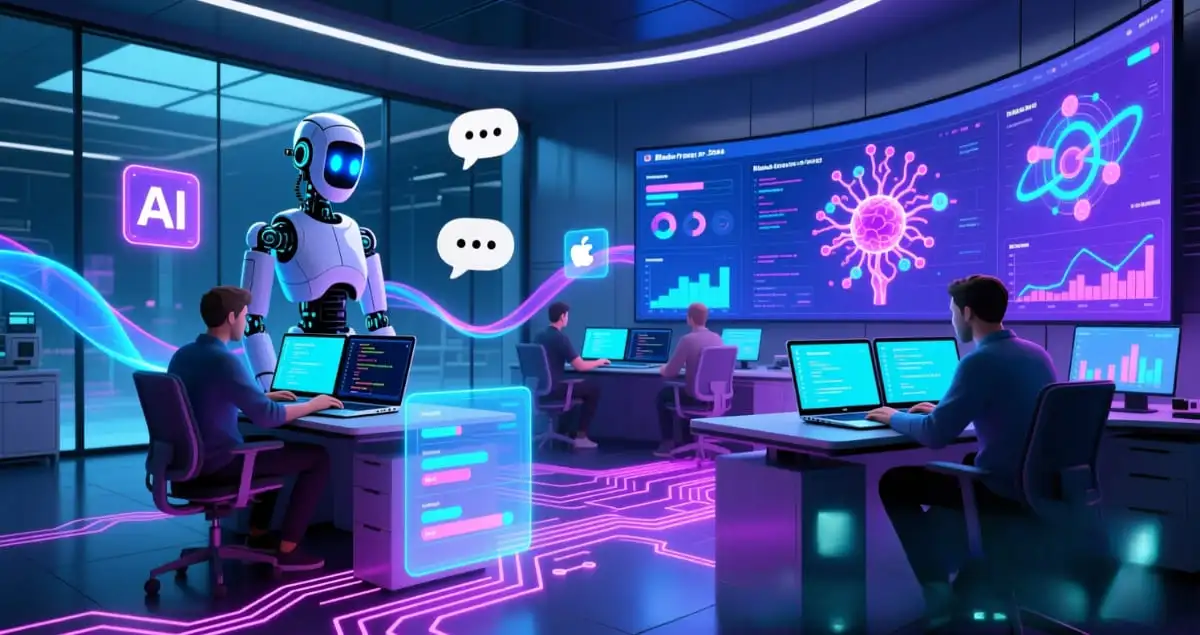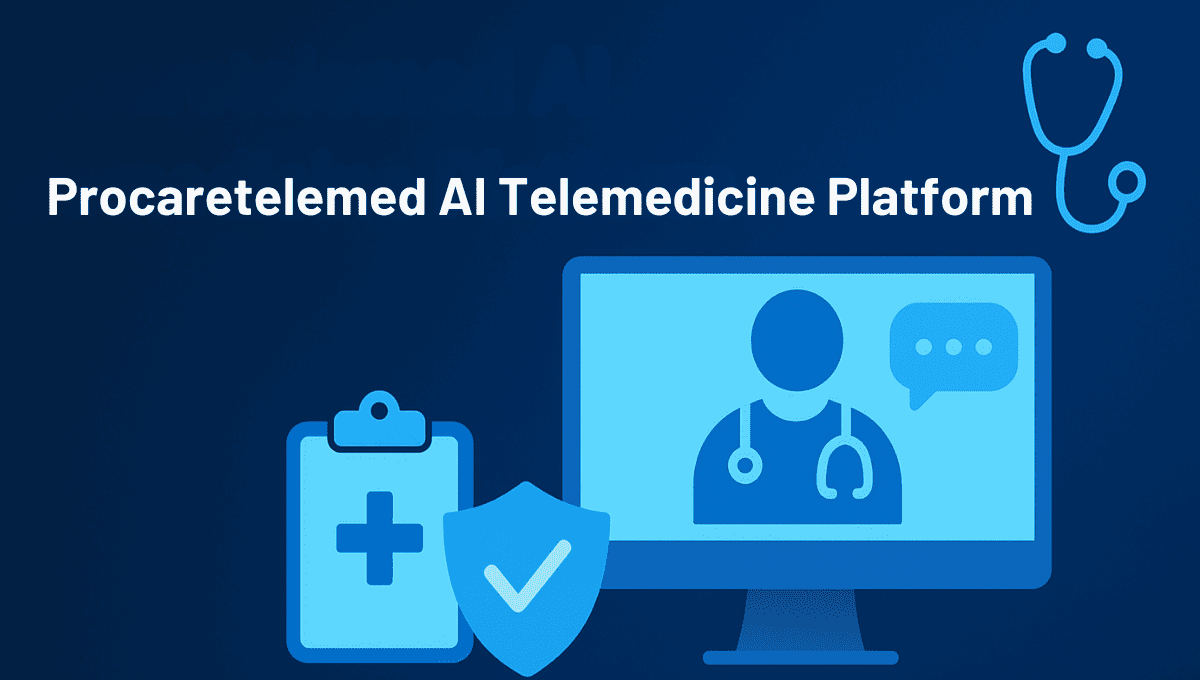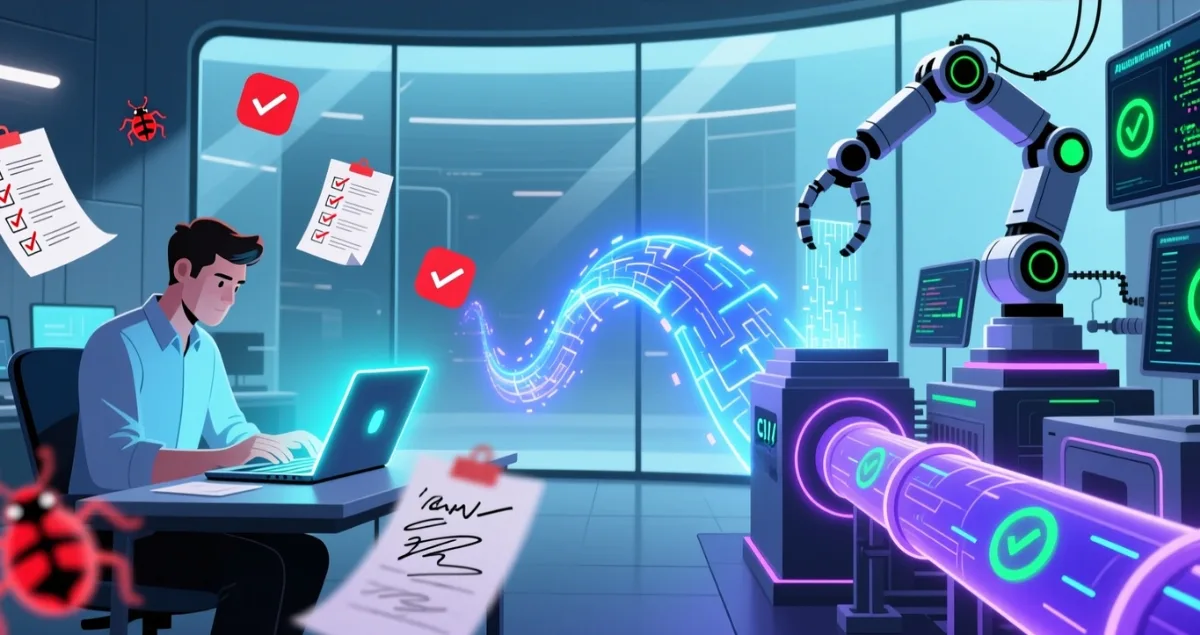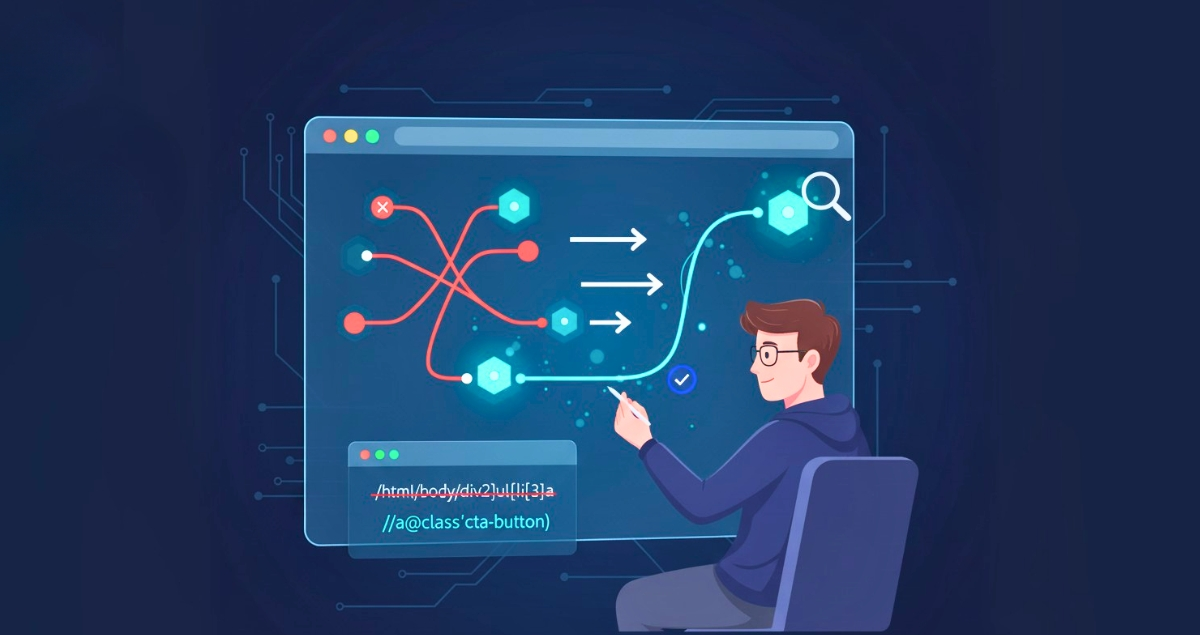In the last few years the advent of artificial intelligence has changed the way we produce consumption, consume, and share content. From personal assistants to super-realistic video generation AI has opened the door to amazing possibilities. But, along with the advancements come problems, and one major problem is the emergence of LDS Fake AI Video content.These videos, which are created using advanced deepfake technology can alter religious messages, deform the public’s perception and confuse people who believe. The phrase LDS Fake AI Video specifically refers to artificially-generated content that is impersonating individuals, leaders or messages in The Latter-day saint (LDS) group. While some might dismiss these as harmless pranks, the consequences could be serious that range from misinformation to a loss of confidence.
This blog post explains all you must learn about the fake ai videos of lds–what does it mean, the way it functions and why it’s a problem and, more importantly, how to identify and avoid misuse.
What is an LDS Fake AI Video?
An LDS fake AI video is a altered or artificially generated clip that depicts LDS Church leaders, missionaries or religious occasions. Utilizing deepfake algorithms, these videos alter the facial expressions, voices and body movements to imitate authentic people convincingly.
How They Work:
- Face Mapping Artificial Intelligence (AI) learns the facial traits of an individual from video and photos.
- voice cloning Artificial voices mimic the style and tone that of LDS leaders or other figures.
- Lip-Sync technology: Speech and facial movements are aligned to create natural-looking speech.
- The final output: An image emerges which appears to be authentic, but is completely fake.
The problem lies in the realness. If not careful, many viewers will take an fake lds ai video as a factual one.
Why are LDS Fake AI Videos Dangerous?
1. Misinformation
A manipulated video could spread false doctrines or messages which can cause confusion among the followers.
2. Trust Erosion
If believers find out that a sermon or message has been fabricated, it undermines faith in reliable sources.
3. Targeted Manipulation
In the case of criminals, they can make use of the fake ai of lds for influence over religious groups to achieve financial or political gain.
4. Emotional Manipulation
Videos can amplify emotions, causing tension or a sense of fear in communities.
Real-World Examples of Fake AI Videos
Although specific LDS Fake AI Video instances might not be reported however, the fake AI video content already had an impact on areas of political and religious worship around the world. For instance:
- Political Deepfakes Speeches generated by AI of political leaders to influence elections.
- Frauds on Celebrities: False endorsements in which celebrities promote scams.
- Religion Manipulation Pretend sermons that are fake or statements that are falsely attributed to religious leaders.
These examples illustrate the importance of being vigilant for the LDS community when it comes to digital media.
How to Detect an LDS Fake AI Video
Recognizing fakes requires the ability to recognize and observe with criticality. Here are some warning signs: LDS Fake AI Video
Visual Clues
- Unnaturally blinking patterns.
- Lip-syncs that are not synchronized when speech is not smooth enough.
- Unusual shadows or inconsistent lighting.
Audio Clues
- A robotic or a smooth voice.
- Unnatural pausing in speech.
- There is no background noise in the places it ought to be.
Contextual Clues
- Inconsistent or unusual messages.
- The statements don’t conform to the established LDS doctrines.
- Videos on shady websites or accounts.
Through combining observation and verification tools, the user are less likely to risk being deceived by an LDS Fake AI Video.
The Role of Technology in Combating Fake AI Videos
Researchers and tech companies are working on solutions to combat the rising popularity in false AI content.
1. AI Detection Tools
Platforms such as Deepware Scanner and Reality Defender aid in identifying manipulated videos.
2. Watermarking
Certain AI tools have embedded invisible watermarks that indicate authenticity.
3. Blockchain Verification
Blockchain is a way to verify the authenticity of sources to ensure that the media hasn’t been altered.
4. Social Media Moderation
Platforms are developing algorithms to identify suspicious fake ai lds uploads prior to them going viral.
Ethical and Religious Implications
Impact on Faith Communities
Faith is built on trust. A fake lds ai video is a risk of causing doubt in the minds of believers, which can cause an unnecessary division.
Ethical Responsibility
Creators who use AI to deceive are accountable for the potential harm. The ethical aspect of AI development should include safeguards against the abuse of religion.
Legal Framework
Governments are considering rules to make makers accountable for the fakes they create. Religious groups also call for more safeguards.
How the LDS Community Can Respond
Awareness Campaigns
Church leaders can help educate their congregation members about the dangers of fake ai video from LDs through seminars and digital literacy classes.
Secure Communication
Official channels must be promoted as the principal source for verified information.
Fact-Checking Culture
Inviting members to research the authenticity of information prior to sharing it can help reduce the spread of false information.
Collaborations with tech Firms
The collaboration with AI companies could help in the development of customized tools to identify fake news media.
Benefits of Responsible AI in Religious Spaces
It is important to remember that AI isn’t necessarily dangerous. In fact, when utilized properly, it has a number of advantages:
- translation: AI tools can translate scriptures into a variety of languages.
- accessibility: The tools can assist those with hearing impairments by providing actual-time captions for sermons.
- Educational: Virtual missionaries can instruct students interactively around the world.
The difference lies in the intent. While fake AI videos deceives, legitimate AI applications help to grow the community.
Comparison of LDS False AI Risks in Video to other communities
The LDS community isn’t the only one dealing with the risks of deepfake. Other religious communities have faced similar issues:
| Community | Risk Example | Impact |
|---|---|---|
| Christian | Pastors who preach fake sermons | Confused, distrust |
| Muslim | AI-generated speech by academics | False interpretation of the teachings |
| Jewish | Manipulated videos from the past | Cultural offence |
| LDS | Fake General Conference clips | Doctrinal confusion |
Understanding these parallels can help contextualize the issue of deepfakes based on faith.
Future Outlook – What’s Next for LDS Fake AI Videos?
The future is full of challenges as well as solutions. On the one hand, deepfake technology will continue to advance and will make fake ai lds videos much more credible. However the detection tools will become more powerful and awareness will grow.
Predictions for 2025-2030:
- Better detection: AI models trained to spot subtle changes.
- Global Regulation: Stricter laws against harmful deepfakes.
- The Community’s Resilience Greater digital literacy in religious communities.
In the end, the equilibrium between innovation and ethics will determine the extent to which fake ai lds video will be in shaping the way that religious communication is communicated.
Conclusion
The growing popularity of fake ai from the LDs is an example of how technology has incredible possibilities but it also requires responsibility. Incorrectly portrayed videos can damage the trust of people, alter doctrines and alter the mood of the religious community.
With awareness, education and innovative devices, the communities are able to safeguard themselves. Instead of avoiding AI and its potential, the LDS community, along with other communities, should be embracing responsible use by promoting honesty and authenticity.
Also Read: TalkingPhotos AI v2.0: The Future of Interactive Visual Storytelling
